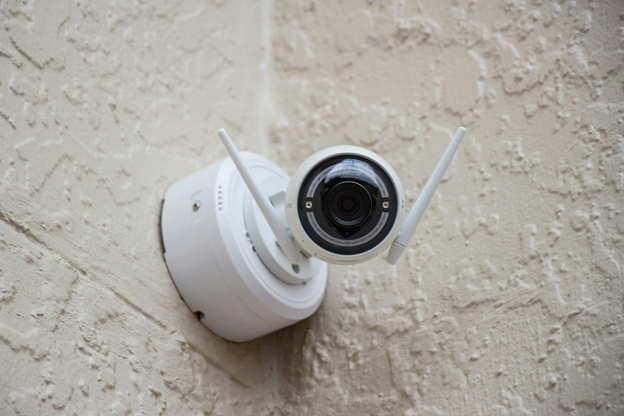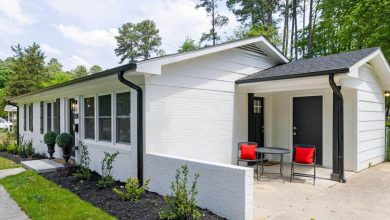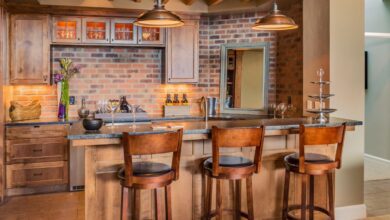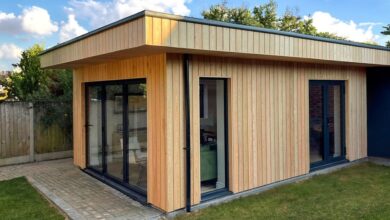
Smarter Entry, Stronger Security: The Benefits of Combining These Home Systems
Introducing smart home solutions has transformed how we handle and safeguard our living spaces. Smart home systems use interconnected devices and technologies to control and automate various aspects of a home. Remote monitoring and automated operations enhance convenience, energy effectiveness, and security in these systems.
Combining different smart home systems can enhance entry access and overall security, according to this blog post.
Advantages of Combining Smart Home Technologies
Here are the advantages of commercial access control security systems:
1. Enhanced Security
Real-time monitoring of home entry points and activities is possible by linking security cameras with smart locks.
Get notifications on your phone for suspicious activities or unauthorized access attempts. Remote access allows you to control entry access and security settings from anywhere, providing peace of mind while away from home.
2. Accessibility and Ease Of Use
Digital access codes or smartphone apps can replace traditional keys, eliminating the need for real ones. Visitors, service providers, or family members can be assigned temporary or recurring access codes.
Free entry with motion sensors that unlock doors when authorized people approach.
3. Energy Efficiency
Smart locks and lighting systems can be linked to turn on lights automatically upon entry or to simulate occupancy when away.
Integrate smart thermostats to adjust temperatures based on occupancy to enhance energy savings.
4. Management and Remote Monitoring
Home entry and security status can be monitored through mobile apps or web interfaces in real-time.
Remote control allows you to lock or unlock doors, adjust security settings, and view camera feeds remotely, enhancing control over home security.
Applications of Combined Smart Home Systems
Here are its applications:
1. Automation at Home
You can set smart locks to unlock doors, adjust lighting, and turn on appliances as you wake up. Smart locks, cameras, and alarms can be used to simulate occupancy and deter burglars while away in vacation mode.
2. Safety of the Family
Use motion sensors and cameras to monitor children’s activities and ensure their safety. Remote access and monitoring capabilities can be used to check on aging relatives and handle unforeseen situations. Did you know that an auto locksmith can also provide you installation services? Well, now you know!
3. Integration At The Office
Smart locks and security systems can monitor and control access to offices and sensitive areas. Grant and manage access permissions for employees using digital keys or access codes.
Before implementing smart home systems, considerations should be made before implementing smart home systems.
Before considering integrating smart home systems, consider the following factors:
- Ensure that devices and systems are compatible and communicate seamlessly with each other.
- Protect smart home systems from hacking or unauthorized access with robust cybersecurity measures.
- Educate household members or employees on how to use smart home technologies effectively and securely.
Conclusion
Combining smart home systems enhances entry access management and strengthens overall security measures for residential and commercial properties. Homeowners and businesses can enjoy enhanced convenience, energy efficiency, and peace of mind by integrating smart locks, security cameras, motion sensors, and other smart devices.
Home security, automation of daily routines, or monitoring property remotely are some of the benefits of integrated smart home systems.
When choosing and implementing smart home technologies, consider your specific needs, security requirements, and compatibility. You can create a smarter, safer environment that fits your lifestyle and boosts your overall happiness by combining the right gadgets.




